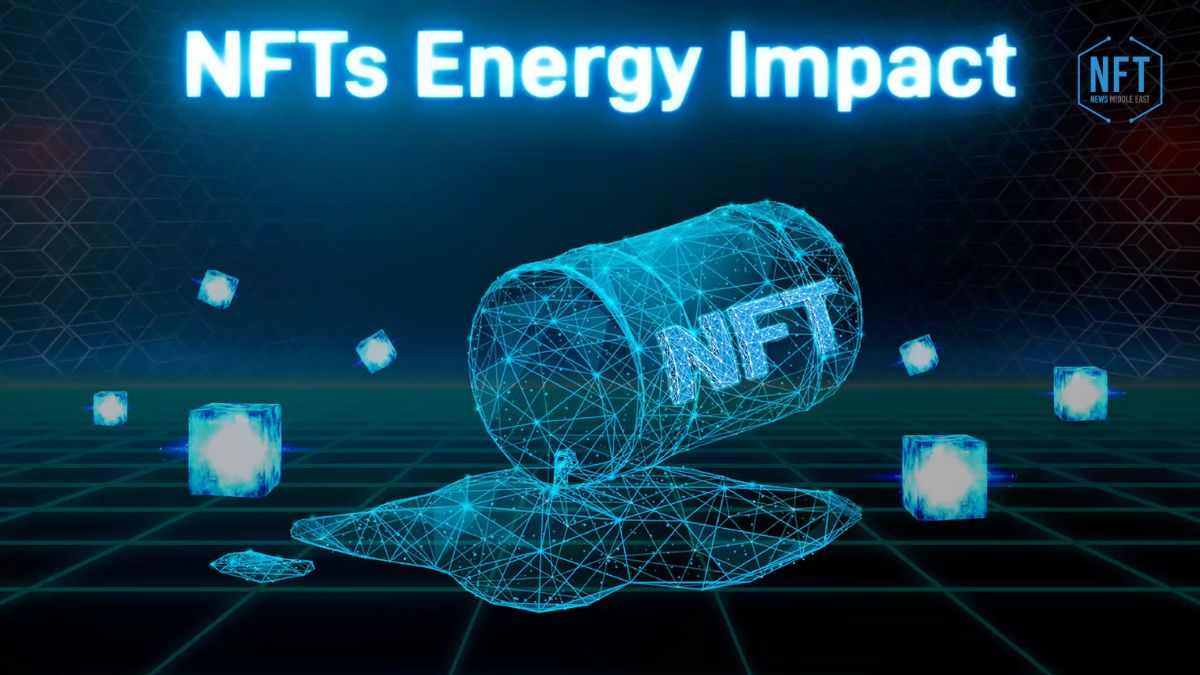The past few years have indeed been years of technological acceleration. In the last decade, the world has been introduced to various technological advancements like the metaverse, web 3.0, cryptocurrencies, and NFTs. An exciting innovation of the past half-decade is Non-fungible Tokens. However, more recently, concerns have been expressed as to the energy consumption of NFTs and their effect on Earth’s climate and sustainability. This article addresses the energy consumption gotten from NFTs and the current mitigatory measures to combat such consumption.
What are the Issues with NFTs’ Energy Consumption
There are a lot of processes that go into the production of NFTs, each method with its accompanying energy expenditure. It has been estimated that the output of NFT requires one-third of the monthly energy of an average American home. The reason for this colossal energy expenditure is simple: NFTs need a miner to solve little puzzles before they can be obtained. Solving this puzzle is known as the Proof-of-Work (PoW) system. PoW necessitates using high electricity to solve many mathematical problems, and when a computer solves them, it is awarded ownership of a blockchain. PoW is called mining, and it consumes about 142 kWh of energy.
NFT also involves the bidding stage, where interested persons would be required to place a token price, and this process may also expend some energy. The subsequent selling and transfer of NFT to the owner all have their accompanying energy use projections. In the end, over 340 kWh of power may be expended for producing and selling one NFT.
How are NFTs attempting to Solve the Issues with Energy Consumption
Indeed, there is truth to the acclaimed emission theory by critics of NFTs, and networks on the blockchain are not blind to this too, which is why significant efforts to reduce energy consumption and carbon emission from NFTs have been continuously initiated.
One of the most remarkable ways they have initiated is the replacement of the Proof-of-Work by Proof-of-Stake (PoS) system. The PoS is an active initiative of the Ethereum blockchain network. Essentially, users are allowed to stake on the blockchain, after which a transaction is queued on the web. One user who has staked as a validator is chosen at random to verify the transaction and pass on the information to other validators. The latter is expected to confirm the marketing and blockchain. Upon confirmation, the new blockchain becomes that of the validator.
This method is straightforward and requires very little energy. Ethereum has been able to cut down its energy consumption by 99.95% using the PoS system, and the network is set to implement the system entirely by 2024.
Conclusion
The world must attend to the energy consumption problem and greenhouse gas release. While it is commendable that NFT networks have begun implementing mitigatory measures for energy consumption, there is still so much it can do, and much remains to be done. It is essential to keep the ball in sight and go the way of climate mitigation to make life easier for man.
















